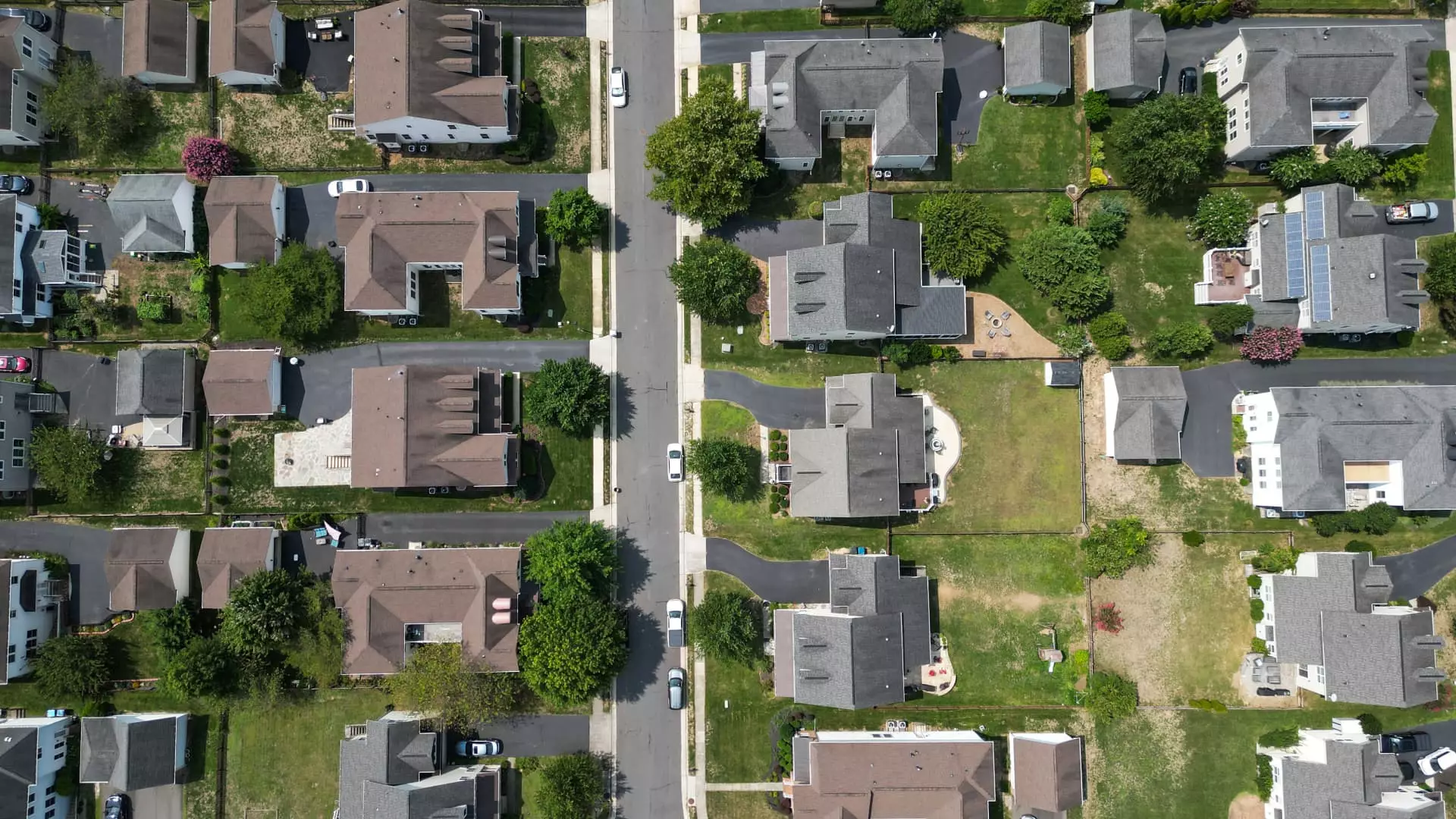Recent declines in mortgage rates, notably a sharp drop to 6.13% on the 30-year fixed, have sparked a wave of optimism among homebuyers and real estate investors. Media outlets herald these numbers as a sign that affordability is returning, paving the way for a resurgence in homeownership. However, beneath this seemingly positive trend lies a much more complex and potentially deceptive picture. The rate dip, driven largely by investor speculation ahead of a potential Federal Reserve rate cut, should not be mistaken as an unequivocal boon for borrowers. Instead, it masks underlying economic fragility and signals a brewing storm that could ultimately erode these short-term gains.
Market Psychology: A Herd Mentality in Action
Financial markets often operate on anticipation and fear, not just tangible economic fundamentals. As traders and investors collectively bet on a Fed rate cut, they push mortgage-backed securities’ prices higher, leading to lower mortgage rates temporarily. This phenomenon, driven by “buy on the rumor,” artificially inflates the market’s confidence. Such behavior reveals a dangerous herd mentality—one that is detached from actual economic data. The false sense of security it creates encourages borrowers to rush into purchasing or refinancing homes, only to face unexpectedly higher long-term costs once the market adjusts or disillusionment sets in. This hype-driven dynamic illustrates how market sentiment can distort reality, leading investors astray.
The Historical Perspective and Its Warning Signs
Looking back at historical trends, expert analysis confirms that rate cuts during non-recessionary periods—like today—rarely have long-lasting impacts on the broader economy. According to seasoned industry insiders, the link between Fed cuts and long-term interest rates is tenuous when the economy is stable. These rate reductions tend to benefit only short-term borrowing costs, while long-term yields—and by extension, mortgage rates—remain relatively unaffected. This disconnect serves as an important reminder: that fleeting rate declines are often a mirage, not a fundamental improvement in economic health. They are predicated more on temporary market psychology than on improving economic fundamentals, thus setting the stage for disappointment once the initial euphoria fades.
The Risk of Complacency and Future Uncertainty
Perhaps most troubling is the tendency among market participants to misinterpret these rate movements as signals of sustained economic strength. The expectation of a series of rate cuts might foster complacency and an overestimation of the economy’s resilience. Yet, economic indicators remain tepid, and recent rate fluctuations have been more reflective of speculative behavior than genuine growth. The potential for yields to rise sharply after the Fed’s announcement—what experts call “sell on the news”—raises the specter of volatility. Borrowers and investors who buy into the present hype risk being caught in a destabilizing market correction, ultimately facing higher mortgage costs and financial uncertainty.
In essence, the current trend of falling mortgage rates may appear as a window of opportunity, but it is more accurately a mirage born from market psychology and central bank signals. With economic fundamentals still wavering, the apparent relief could quickly give way to turmoil. Investors and borrowers should approach these rate movements with caution, recognizing the deeper undercurrents threatening to undo temporary gains.

